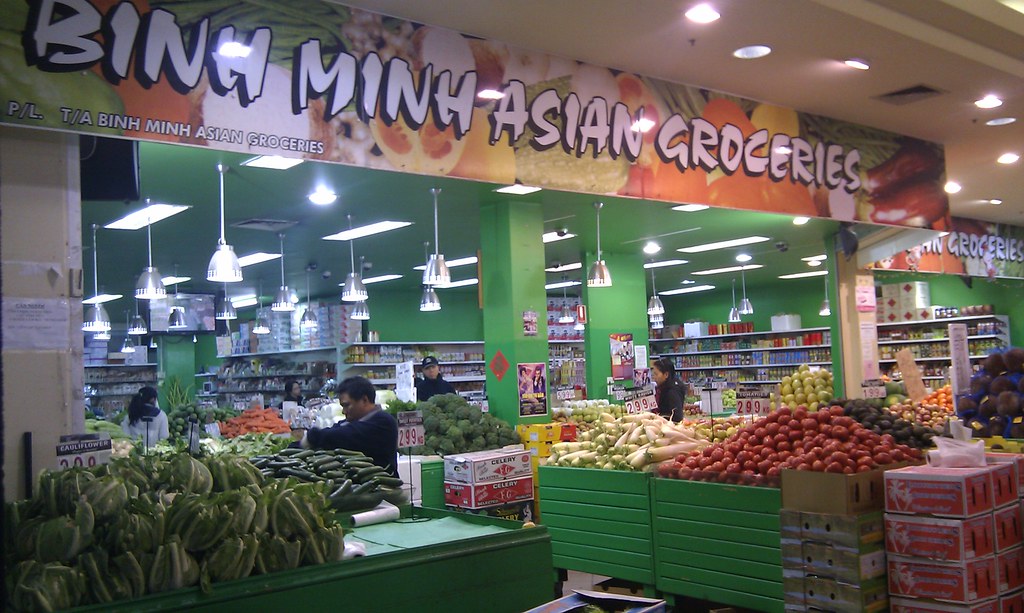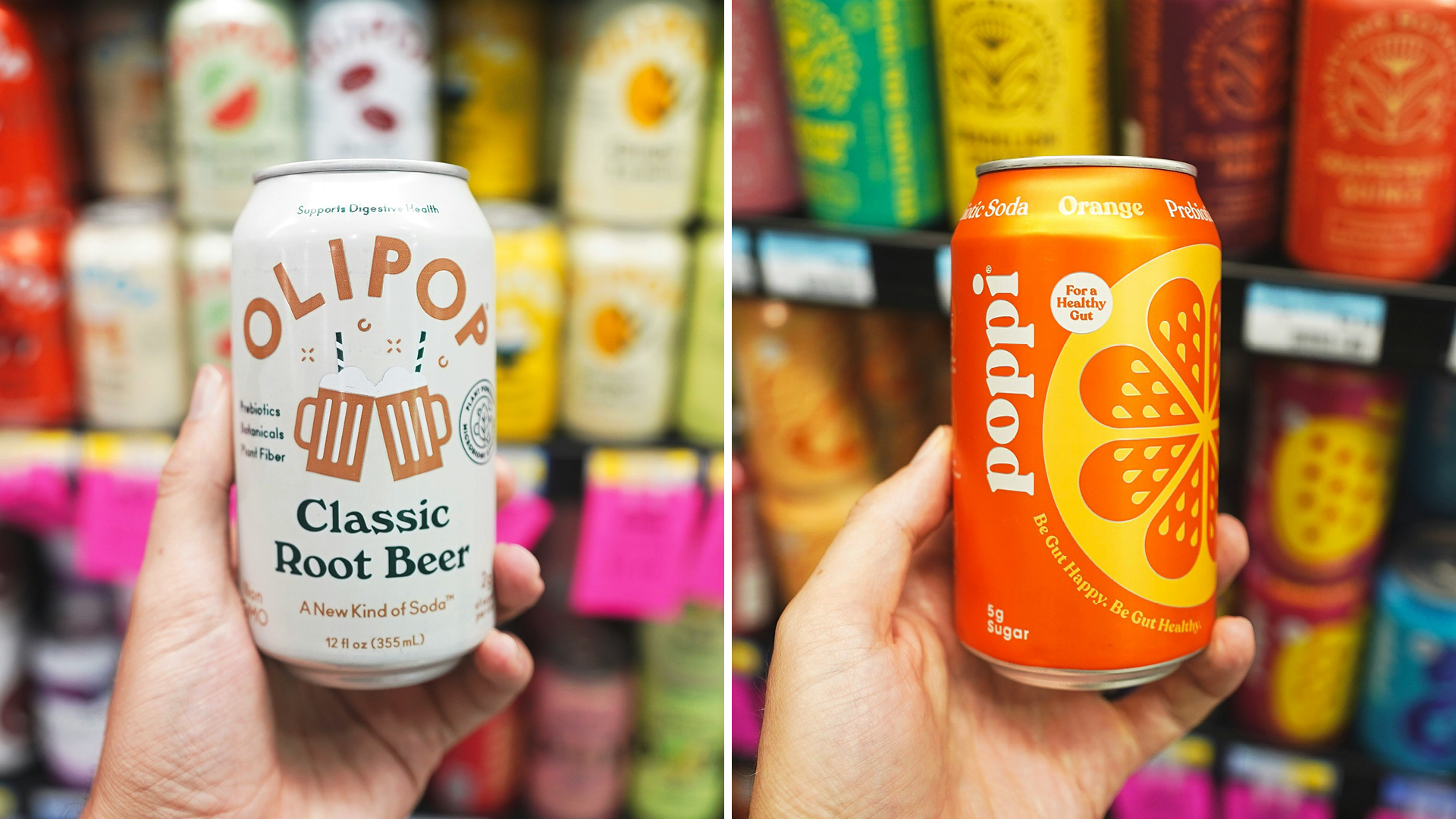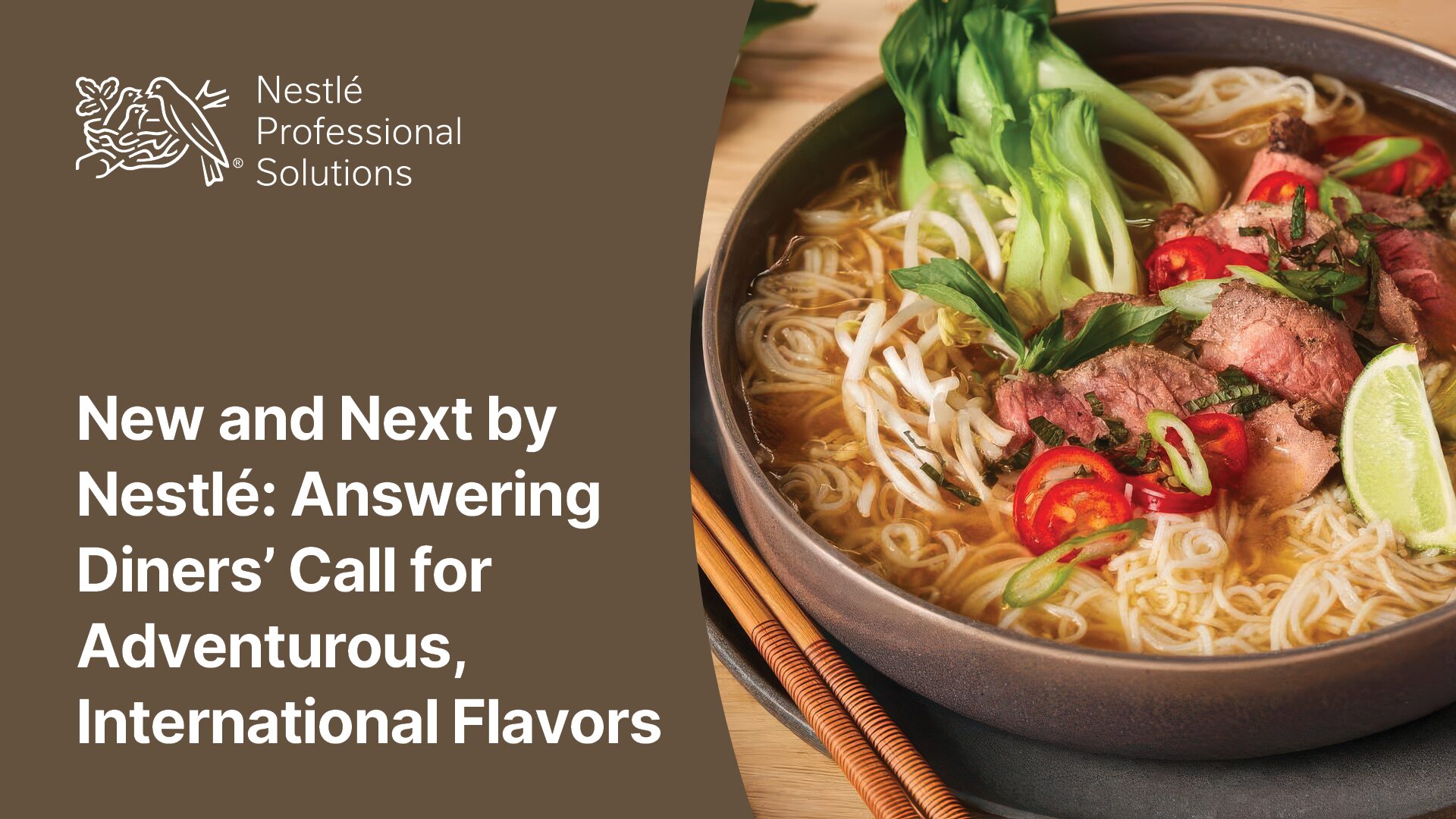The national palate is changing.
At this year’s James Beard Award ceremony early in June, many chefs and restaurants that tout a decidedly non-American type of fare were celebrated. The sheer volume of winners – whose culture and cuisines stem from West Africa, Southeast Asia, Mexico, Senegal, and more – point to a trend decades in the making, from urban food trucks to the toniest, hard-to-get restaurant reservations from New York to New Mexico.
Fusion and global flavors won the evening and point to a more robust, more diverse, and for many people, simply more fun foodscape than the one they remember growing up around. This year’s awards even recognized people and businesses from smaller towns and states that typically haven’t been so much overlooked as downright ignored.
“Two words that have never been mentioned here before: West Virginia,” said Paul Smith, chef at 1010 Bridge in Charleston and recipient of the Best Chef: Southeast award. And from Minnesota, chef Christina Nguyen grew emotional upon accepting the award for Best Chef: Midwest for her Minneapolis restaurant, Hai Hai, after being nominated five times; Nguyen thanked her parents – both refugees from Vietnam – and the James Beard Foundation for “recognizing the value of immigrant food. When we started our restaurant, the most a Southeast Asian restaurant could ever hope for was ‘best cheap eats,’ and I feel like we’ve come a long way.”
For many, Nguyen’s words were a testament to where we are as a food culture today. In a time when what we eat often signifies more than just a meal to get through the day, food and beverage executives, manufacturers, stakeholders, and more have to keep a lot of balls in the air to provide affordable food that might be sustainably sourced, vegan or plant-based, inclusive in all its nuances, and beneficial for physical and emotional health.
The “Oscars of the food world” were established in 1986 shortly after “pioneer foodie” James Beard passed away to help “celebrate, support, and elevate the people behind America’s food culture.” Many of this year’s winners expressed their ardent hopes that systemic changes within the industry will foster an improved culinary culture for the owners, employees, and certainly consumers who support their businesses.
Because the face – and flavor – of the industry is changing.
“People are getting more adventurous when it comes to food, which is very exciting,” said Donald Young, Michelin-starred chef at Duck Sel in Chicago. Young was also nominated this year for Best Chef: Great Lakes region.
“There’s certainly an expanding demographic of diners with a broader cultural openness and appreciation. The blending of different cuisines will continue to gain further momentum and it will be fun to see all the creativity and deliciousness that comes from it. It’s also very exciting for me as a chef to continue to learn more about different cuisines and ingredients, and it’s heartwarming to know there really is this unifying power of food that brings people together.”
A full list of the James Beard winners can be seen here.
First Ramen, Then the World
It may seem impossible now, but 30 years ago, no one in America really knew what ramen was, much less cared about it. Grocery stores wouldn’t stock it; most consumers wouldn’t buy it if they did. But a handful of Asian groceries such as H Mart and 99 Ranch endured, and today, H Mart is a $2 billion business with almost 100 stores and even a namesake book (Crying in H Mart, a bestseller by musician Michelle Zauner). The New York Times recently declared Asian grocery stores a “cultural phenomenon” as they rode an influx of Asian immigrants in the 70s and 80s and helped spread a new wave of fusion, flavors, and fostered entire micro-communities hidden in the niches of major cities like New York, San Francisco, Atlanta, and more.
For Asian fare, the numbers don’t lie. Per the article, from April 2023 to April 2024, sales of items in the “Asian/ethnic” aisle in American grocery stores grew nearly four times more than overall sales according to data from Circana. And Asian grocers are driving this shift, helping turn once-exotic items such as turmeric and sriracha into staples of the kitchen and pantry. And though many passionate customers may decry the profit-driven proliferation of their favorite grocery store or cuisine, these “third spaces” – spaces for social gathering – are helping turn heads, foster community, and add a little spice (or ghee, or miso, or tofu, or…) to the kitchen.
Consumer demand is so hungry for Asian flavors that entire retail spaces have opened up. In a southwest suburb of Minneapolis, Asia Mall opened in a former sprawling space occupied by a Gander Mountain retail store. It stocks authentic Asian food and supplies over two levels punctuated by a central staircase, expansive dining and socializing area, and the latest digital touchscreens and ordering kiosks. Asia Mall features quite a selection, from a Vietnamese eatery to a Bober Tea and Mochi Dough Japanese donut shop; a restaurant that focuses on Hong Kong cuisine; Hot Pot City; a Korean hot dog restaurant; a Korean barbecue; a bubble tea spot (Uni Uni), and a Chinese restaurant named Legendary Spice. It also features merchandise and produce usually only seen at smaller Asian grocery stores, including a live seafood section. It even has a hair salon and office space.
So what actually constitutes a phenomenon? More than food; more than flavor. According to recent data from Technomic, Asian casual-dining chains experienced sales growth of more than 24% in 2023 – nearly six times the average for casual dining as a whole.
According to the Chinese zodiac, 2024 is the Year of the Dragon. Dragon years are typically marked by strength, vitality, and transformative opportunities. Operators and consumers alike may want to brace for change.
The Food Institute Podcast’s “Foodservice Gamechangers” Series
Get to know the men and women behind the scenes of foodservice distribution in a new, limited series from The Food Institute Podcast called “Foodservice Gamechangers.” Recently, Pat Mulhern, advisor to The Food Institute, sat down for brief conversations with seven of the most influential foodservice merchandising and distribution leaders. Highlighting their food career journeys and management styles, the conversations feature insightful thoughts on what may lie ahead for manufacturers, distributors, and operators in foodservice.












